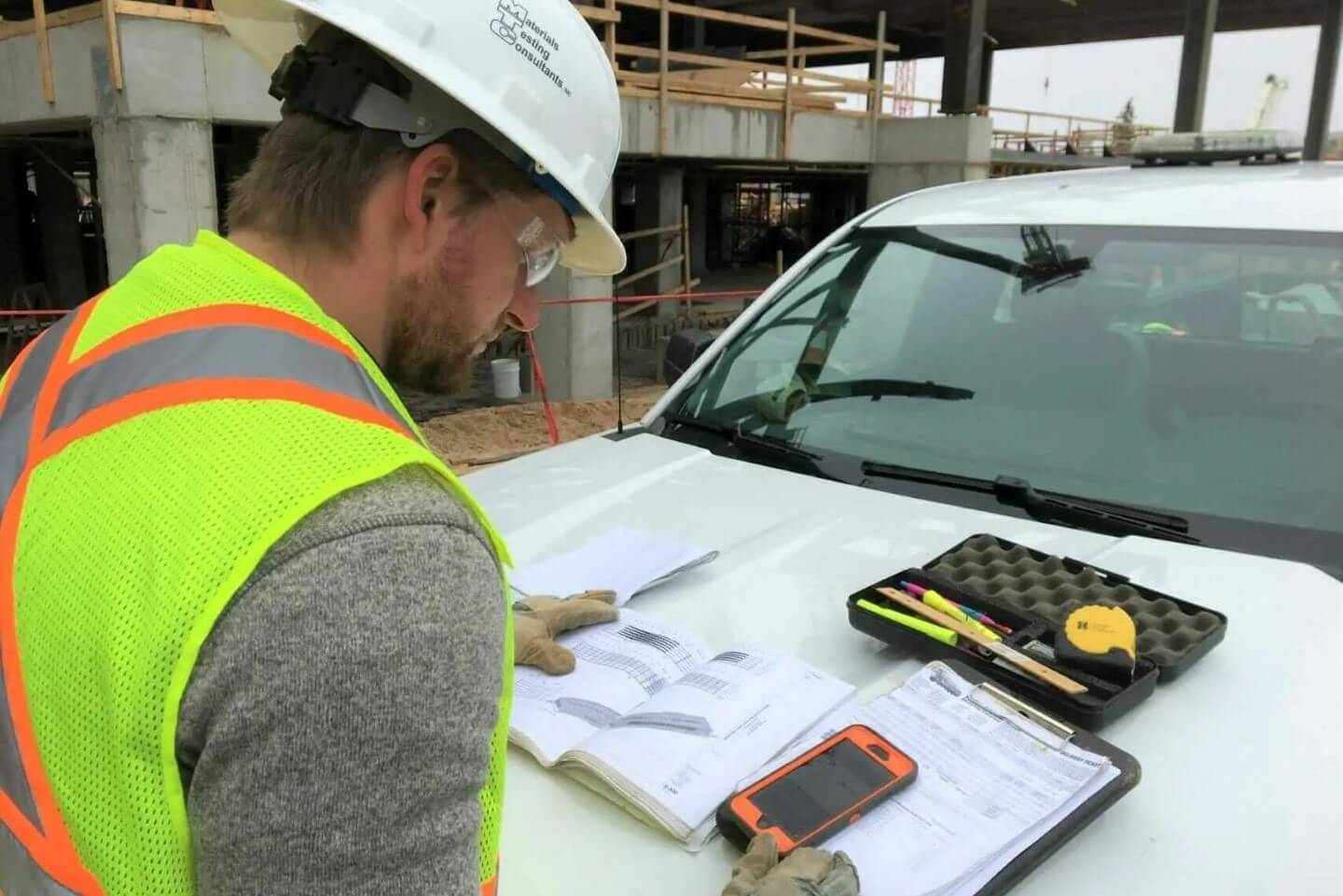Consulting Engineers: Trusted Proficiency for Complex Engineering Challenges and Solutions
Consulting Engineers: Trusted Proficiency for Complex Engineering Challenges and Solutions
Blog Article
How Consulting Civil Design Firms Add To Effective Job Monitoring and Design Execution
Consulting civil engineering companies are essential to the success of construction tasks, combining technical proficiency with critical oversight. By concentrating on design optimization and threat reduction, these firms ensure that tasks are not just practical but additionally lasting and economical.
Duty of Civil Engineers
Recognizing the duty of civil engineers is essential for the effective management of building and construction projects. Civil designers function as the foundation of facilities development, making certain that jobs are designed and executed to satisfy capability, security, and sustainability requirements. Their know-how encompasses numerous aspects of design, including structural, ecological, and geotechnical specialties.
Civil designers are accountable for carrying out usefulness studies, which assess the stability of suggested tasks by examining financial, technical, and ecological elements. They develop thorough plans and specifications, incorporating ingenious solutions to enhance materials and resources. Throughout the construction stage, civil engineers look after the project, working together with specialists, designers, and stakeholders to ensure adherence to develop specifications and regulatory requirements.

Job Planning Approaches
Effective job preparation techniques are crucial for ensuring that building and construction projects are implemented smoothly and effectively. Consulting civil engineering firms play a critical role in this process by employing extensive planning techniques that attend to numerous task stages. Initially, a complete analysis of task extent and customer requirements is conducted, enabling the recognition of essential landmarks and deliverables.
In addition, these firms utilize tools such as Gantt charts and job monitoring software program to create thorough timelines, allowing effective scheduling of jobs and source allowance. This structured approach aids to expect potential traffic jams and designate required sources proactively. Danger management is another vital part; firms perform danger assessments to recognize prospective issues that can develop during the job's lifecycle, executing mitigation methods to reduce disturbances.
Furthermore, stakeholder involvement is highlighted throughout the preparation phase. Routine communication with clients, professionals, and neighborhood authorities guarantees that all events are aligned with job objectives and timelines. By integrating these strategies, getting in touch with civil engineering firms boost the possibility of task success, guaranteeing adherence to spending plan constraints and governing demands while fostering a collective setting.
Design Optimization Techniques
Design optimization methods are essential for boosting the effectiveness and sustainability of civil design jobs. These strategies involve the methodical evaluation of design criteria to accomplish the very best feasible end results while reducing prices and resource use. By using sophisticated computational tools and formulas, engineers can evaluate different style options and pick one of the most reliable alternatives based on specific project criteria.
One widely used method is parametric design, which permits the manipulation best site of style variables to observe their effect on general task efficiency. This repetitive procedure brings about cutting-edge options that not only meet functional needs yet likewise adhere to environmental criteria. Furthermore, techniques such as value design focus on optimizing task aspects to maximize worth while minimizing unnecessary prices.
In addition, the combination of Building Details Modeling (BIM) promotes much better collaboration amongst stakeholders, allowing real-time adjustments and improvements to designs. This all natural view fosters a detailed understanding of the job, leading to educated decision-making. Eventually, effective style optimization methods cause enhanced task timelines, decreased waste, and boosted structural efficiency, adding to the general success of civil design ventures.
Threat Management Strategies
Risk monitoring approaches are important in guaranteeing the effective delivery of civil engineering tasks, as they help determine, analyze, and reduce possible dangers that could influence project end results. Efficient risk monitoring is a systematic procedure that entails the identification of threats, assessment of their chance and effect, top article and the development of strategies to address them.
Consulting civil design companies usually utilize a mix of qualitative and quantitative threat assessment methods (geotechnical engineering companies in south africa). Qualitative approaches, such as brainstorming sessions and expert meetings, help collect insights on potential risks from different stakeholders. Conversely, measurable techniques involve statistical evaluation and modeling to determine the likelihood and potential impact of recognized risks
When threats are analyzed, firms implement mitigation techniques, which may include danger avoidance, reduction, transfer, or acceptance. This could involve upgrading task visit this site components to eliminate risks or safeguarding insurance to offset potential economic losses. Continual tracking and evaluation of risks throughout the project lifecycle are also important, enabling for timely adjustments to risk management approaches as brand-new hazards arise.
Collaborative Communication Practices
Enhancing project outcomes with collective communication practices is crucial for getting in touch with civil design firms. Reliable communication fosters a society of openness and count on amongst stakeholders, which is necessary for the successful execution of engineering tasks. By carrying out structured communication networks, companies can make certain that all events-- customers, specialists, and staff member-- are lined up on project objectives, deliverables, and timelines.
Routine conferences, both informal and formal, promote the exchange of ideas and feedback, permitting real-time analytical and decision-making. Utilizing collaborative devices such as job administration software application encourages documents and monitoring of progress, while making it possible for instantaneous access to important information.
Moreover, energetic listening and open dialogue are essential components in a collective environment. By valuing varied point of views, companies can innovate and adjust styles that meet both technological requirements and client expectations. Furthermore, cultivating a team-oriented ambience lessens misunderstandings and boosts the general top quality of work.

Final Thought
In conclusion, consulting civil design firms are integral to effective project monitoring and layout implementation. Inevitably, the competence and methodologies used by getting in touch with civil engineers dramatically contribute to attaining project goals while decreasing costs and making best use of source utilization.

In verdict, seeking advice from civil engineering companies are important to successful task administration and style application.
Report this page